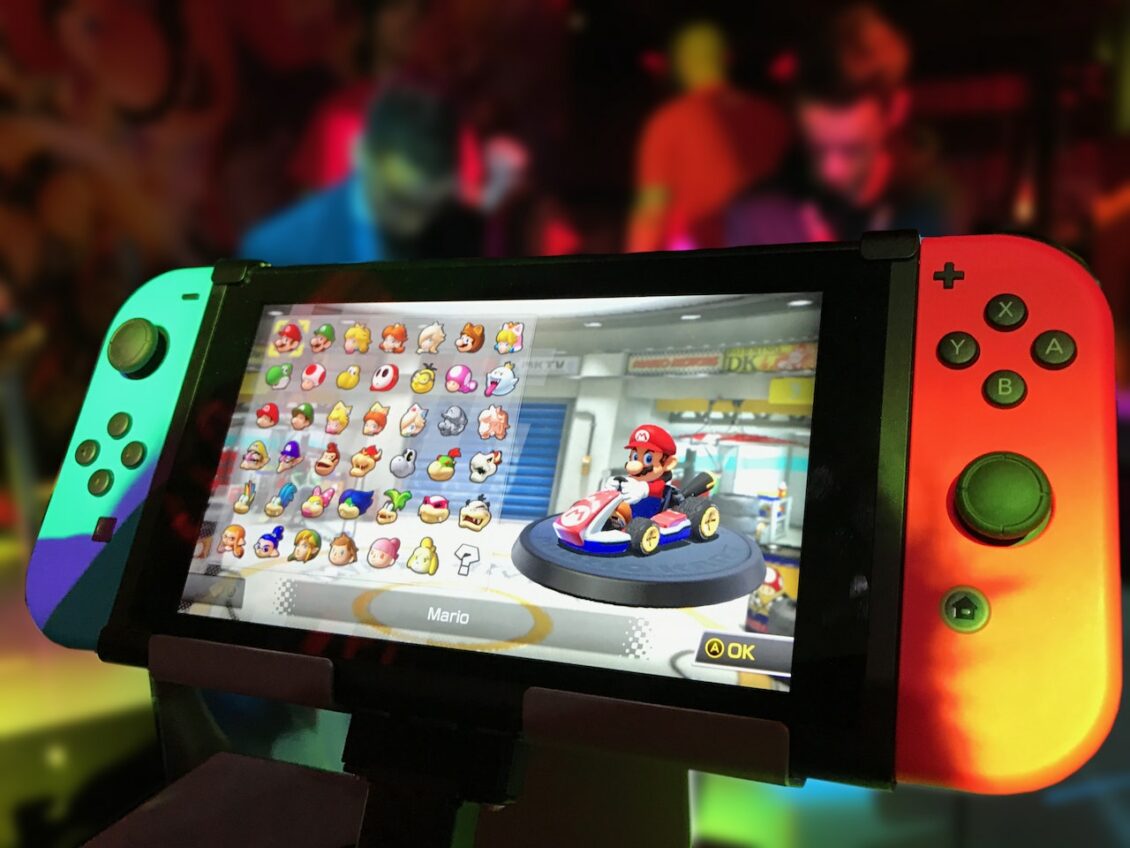Video games have become a ubiquitous part of modern entertainment, captivating millions of people around the world. But how did this phenomenon come to be? In this article, we embark on a journey through the history and origins of video games, exploring the technological advancements and creative innovations that have shaped the industry.
Video games have their roots in the early days of computing. In the 1950s and 1960s, computer scientists and engineers began experimenting with interactive electronic games. However, it was not until the 1970s that video games started gaining popularity with the introduction of arcade games like Pong and Space Invaders. These arcade machines captivated players with their simple yet addictive gameplay, laying the foundation for what would become a global industry.
As technology progressed, video games evolved from simple pixelated graphics to more sophisticated visuals and immersive gameplay. The introduction of home gaming consoles in the 1980s, such as the Atari 2600 and Nintendo Entertainment System (NES), brought gaming into people’s living rooms, further fueling the industry’s growth. The 1990s witnessed a significant leap forward with the advent of 3D graphics and the rise of iconic franchises like Super Mario and Sonic the Hedgehog.
Shaping the Future: The Role of Video Games in Today’s World
In today’s world, video games have transcended mere entertainment and have taken on various roles and functions:
- Social Connectivity: Video games provide a platform for social interaction, connecting players from different corners of the globe. Multiplayer games allow friends and strangers alike to collaborate, compete, and build communities within virtual worlds.
- Education and Learning: Video games have increasingly been used as educational tools, fostering critical thinking, problem-solving skills, and creativity. Gamification techniques are employed in various fields, including healthcare, corporate training, and classroom learning.
- Cultural and Artistic Expression: Video games have emerged as a form of artistic expression, combining storytelling, visuals, music, and interactive gameplay. Games like Journey, The Last of Us, and Celeste have been praised for their narrative depth and emotional impact, blurring the lines between storytelling and interactive experiences.
- Esports and Competitive Gaming: Competitive gaming, or esports, has surged in popularity, attracting a massive following and becoming a multimillion-dollar industry. Professional players compete in tournaments, showcasing their skills in games like League of Legends, Dota 2, and Counter-Strike: Global Offensive.
Crafting the Experience: Tools Used by Video Game Designers
- Video game designers employ a range of tools and technologies to bring their creative visions to life. Some of the key tools used in the game development process include:
- Game Engines: Game engines are software frameworks that provide the necessary tools, libraries, and functionalities for creating games. Engines like Unity and Unreal Engine are widely used by designers, offering powerful features for designing, prototyping, and implementing game mechanics.
- Programming Languages: Designers often utilize programming languages to write the underlying code that drives the game. Popular languages in game development include C++, C#, and JavaScript, among others.
- Graphics and Design Software: Designers use software like Adobe Photoshop and Autodesk Maya to create and manipulate visual assets such as characters, environments, and special effects. These tools allow for the creation of stunning and immersive game worlds.
- Audio Tools: Sound and music play a crucial role in enhancing the gaming experience. Designers use audio tools like FMOD and Wwise to compose and implement sound effects, music, and voiceovers into their games.
Unlocking Creativity: The Pros of Working as a Video Game Designer
Working as a video game designer can be an exhilarating and rewarding career path. Here are some of the pros that make it an appealing profession:
- Creative Freedom: Video game designers have the opportunity to unleash their creativity and imagination, crafting unique and immersive experiences for players. They have the freedom to design gameplay mechanics, storylines, and visual aesthetics, bringing their visions to life.
- Collaboration and Teamwork: Game development is a collaborative process that involves designers, programmers, artists, and sound engineers, among others. Working as part of a team allows designers to learn from others, pool their skills, and create something greater than the sum of its parts.
- Impact and Influence: Video games have the power to touch people’s lives, evoke emotions, and inspire change. Designers can make a meaningful impact by creating games that entertain, educate, and provoke thought, leaving a lasting impression on players.
- Constant Innovation: The gaming industry is dynamic and constantly evolving. Designers have the opportunity to stay at the forefront of technological advancements, pushing the boundaries of what is possible in terms of graphics, gameplay, and immersive experiences.
In conclusion, the history and origins of video games can be traced back to humble beginnings, with the industry experiencing remarkable growth and evolution over the years. Today, video games play a significant role in society, serving as a source of entertainment, social interaction, and artistic expression. Video game designers, armed with a variety of tools and technologies, have the opportunity to shape the future of gaming and leave a lasting impact on players worldwide. The creative freedom, collaboration, and potential for innovation make working as a designer in the gaming industry an exciting and fulfilling endeavor.

